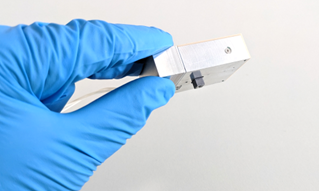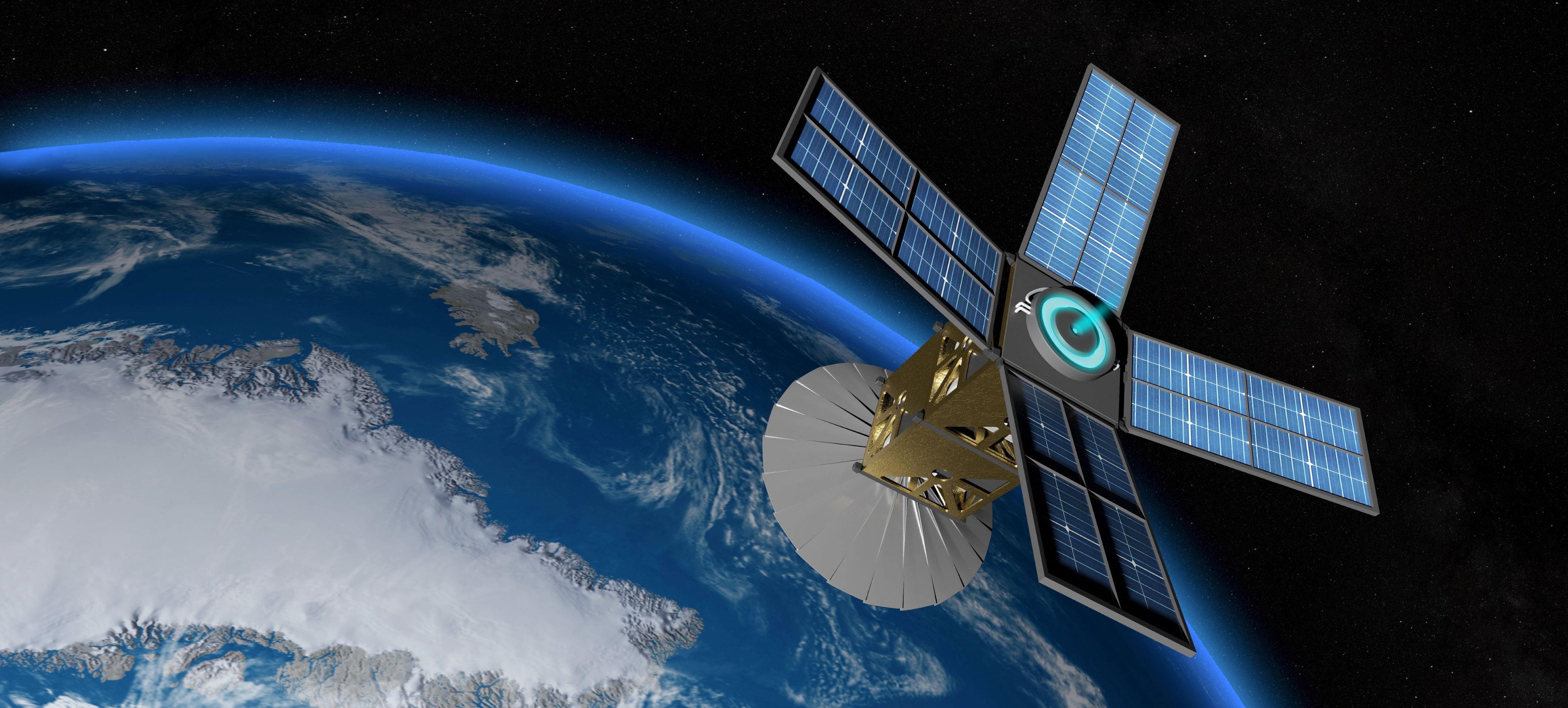The number of small satellite constellations has soared in recent times and the demand for smaller, lighter and cheaper antennas, solar arrays and associated technologies has grown with it. With an existing range of Hold-Down Release Actuators (HDRAs) already in their portfolio, Austria-based Space-Lock has successfully developed a mini HDRA, known as MiRA (Mini Release Actuator), supported by ESA ARTES Core Competitiveness Programme - Advanced Technology and the Austrian Space Agency.
Release actuators are used in Hold-Down and Release Mechanisms (HDRMs). These constitute an essential element of satellite deployment, keeping satellite equipment safely stowed during launch and optimised to ensure reliable release when in the desired orbiting position. With a growing need for HDRAs compatible with the emerging microsatellite market, Space-Lock set out to address this opportunity by developing a mini HDRA with high reliability, user reset-ability and small size.

Initial research carried out as part of the ESA-backed project showed a significant demand for the proposed mini HDRA and informed the project around technical requirements and future market demand. The project started with three different concepts which were all developed to breadboard (BB) stage where they underwent functional testing, vibration testing and thermal cycling. Whilst all BBs showed a good level of functional performance during testing, the shape memory alloy and burn wire concepts were further developed to Engineering Model (EM), where the burn wire performed particularly well and was selected as the winning concept. Based on a threaded-hole concept as the mechanical interface for the release bolt, the burn wire mini design met all initial targets, has an operating temperature range of -150° C/+150° C, and is roughly the size of a matchbox at just 54x36x16mm.
Following the success of the ESA-backed project and with demand for the mini HDRA increasing, Space-Lock continued the development of the burn wire concept to qualify the product further. A rigorous and comprehensive qualifying campaign was carried out, using three qualifying models (QMs) including vibration, shock, thermal-vacuum cycling, thermal-vacuum life test and an ambient life test. Qualifying test levels were consistently high and, in total, the QMs made 209 successful consecutive releases.
Florian Guenther, CEO of Space-Lock, said "The successful development of this competitive product further increases our product portfolio and market success. We are very grateful for the excellent support provided by ESA and the Austrian Space Agency. The ARTES programme proved once more to enable efficient development of a highly competitive product."
Paul Greenway, Technical Officer and Sandro Patti, Mechanisms Expert on the mini HDRA project, said “We are very pleased to have supported this successful ARTES activity which has enabled a new HDRA product to answer the needs of the small satellite industry”.
Space Lock’s low shock European Miniature Release Actuator MiRA 1kN is ECSS-compliant and offers a wholly European, affordable and reliable solution, increasing the competitiveness of the European and Canadian small satellite sector.





